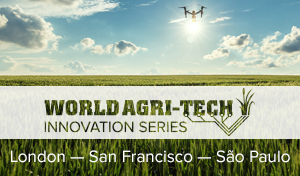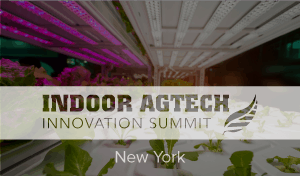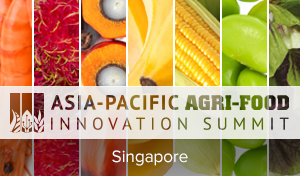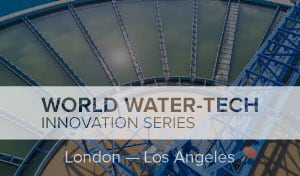Communicating Seafood’s Role: The Importance of Education through Story-telling and Transparency
Jennifer Bushman, CMO of Kvaroy Arctic shares how education and story-telling can boost consumer opinion and support for responsibly sourced blue food. She will speak at the Blue Food Innovation Summit in London this May, 23-24. Book here to join her).
How can the blue industry unite to positively communicate seafood’s role as a sustainable method in filling the protein gap and mitigating climate instability?

After nourishment, shelter and companionship, stories are the thing we need most in the world. If facts and figures were going to help blue food earn its seat at the table of the future of food, it would have happened by now. In order for our Blue Food industry to communicate seafood’s role in filling the protein gap and helping to mitigate climate instability, communication needs to be invested by our industry at large and by each individual company. At this critical time, investment in marketing and PR cannot be looked at as the “L” in the P & L. It needs to be looked at as vitally necessary to ensure the future of the company and the industry. We need to inspire and support writers to write about this topic by illustrating that this type of storytelling can be captivating and authentic to a myriad of characters and stories. Writers, influencers, and thought leaders have a central role to play in shaping popular imagination and building political will for Blue Foods. We have a responsibility to share these stories with them in a way that compels them to learn more.
When responsibly caught or harvested, blue food also provides an abundance of restorative opportunities for environmental, economic, and global health. Responsibly produced blue food means improved wild fisheries management and fishing practices. It means innovation, cleaner practices, and using less resources to grow and harvest blue food. And it means maintaining and creating decent livelihoods for our water fishers, farmers, and harvesters. Yet it’s often neglected in broader conversations about achieving a regenerative, nature-positive food system.
Top of mind with content creators are food system solutions such as regenerative agriculture, plant-based foods, cultivated meats and more. While these will certainly be an important part of the solution, especially in the Western world. These solutions will not be broadly adopted and it is time for us to educate and amplify the impact that Blue Foods can make.
You may be asking, why is something so important been neglected from the conversation thus far?
In part it’s because of the perceived history of environmental degradation. For decades media organizations and NGO’s have filled the airways with negative narratives about over-fishing and poor aquaculture practices. This negative narrative was earned and it has left those of us on the path to responsible sourcing solutions of Blue Foods on the defensive. The reality is that we have never owned our story. We have always been on the defensive and not the offensive. We cannot allow that continue to be the case.
Because there are so few stories told about fisherman and water farmers, chefs and innovators in Blue foods, this is totally new territory. This is a once-in-a-lifetime opportunity for all of us in the blue food industry to help shape these narratives. Strategic communication across multiple channels is urgently necessary. We have to invest in this as it will not happen on its own. Someone else will continue to own the narrative if we are not strategic about the education and activation that is necessary with writers, marketers, pr teams and even content search engines across the world.
Storytelling will activate consumer support of responsible blue foods as farmers, governments, global agribusiness, investors, and NGO groups work together to realize the full potential they have to feed people in a changing climate. Stories that show there is real potential to restore environmental health that improve human well being through blue foods have to be shared.
This investment will create a moment that leads to a re-imagining of how and where we grow our food. It has the potential to make all the difference for our climate future and the foods that will be abundant.
Jennifer will join the panel ‘Waves of Change: Unifying the Blue Sector through Education, Collaboration, and Investment’ alongside leaders from REGAL SPRINGS, THE BLUE FOOD ASSESSMENT and AQUACULTURE STEWARDSHIP COUNCIL at the Blue Food Innovation Summit on May 23-24. View the full agenda.

 CLOSE
CLOSE






